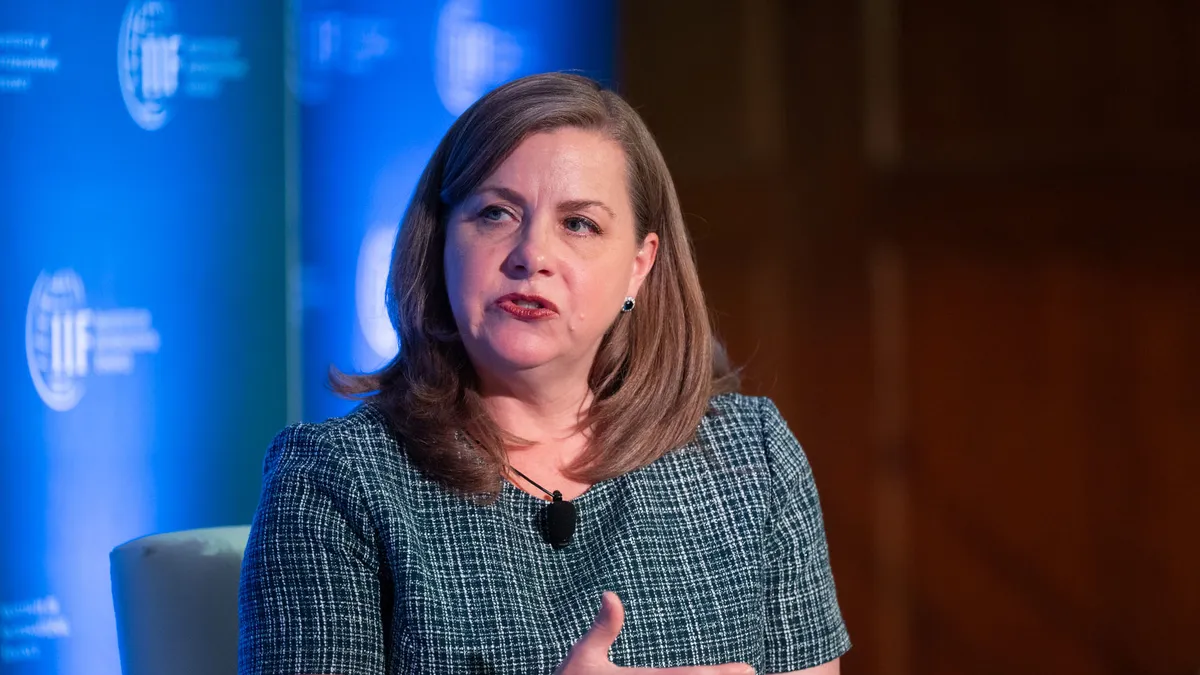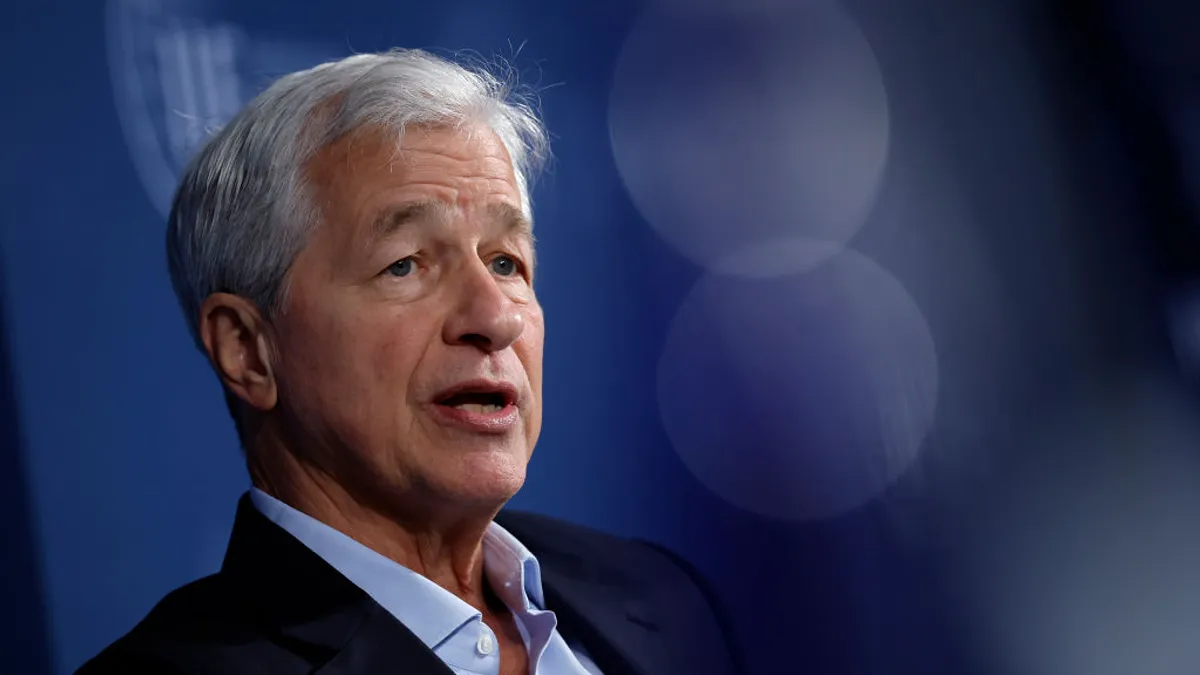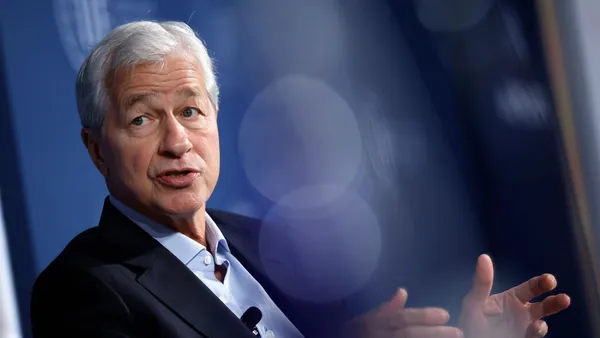Last month, Citi promoted its largest cohort of managing directors in six years. Goldman Sachs in November elevated its most robust set of partners in 14. (That’s seven two-year cycles.)
By the numbers, it may sound underwhelming that Morgan Stanley’s newest group of managing directors, announced Wednesday, is the bank’s biggest in just two years. But it reflects market trends in more ways than one.
The 173 promotions represent a 11.6% increase over last year’s 155. But Morgan Stanley elevated 184 MDs in 2023 and 199 in 2022.
By comparison, Citi elevated 344 MDs, a 13.1% jump from the previous year. Bank of America’s 387 MD promotions, announced in December, marked a 15.9% increase over the previous year. And Goldman’s 95 newly minted partners represent an 18.8% increase over the 80 named in 2022.
The collective uptick comes amid an anticipated increase in dealmaking. A second Trump presidency is expected to bring a more business-friendly environment, replete with regulatory de-escalation. That may prompt more clients to lean into mergers and acquisitions.
But the banks’ deeper bench of managing directors may also reflect their own healthier bottom lines – if stock value is to be taken as a benchmark. Over the past year, Morgan Stanley’s share price has climbed 37.9% – slightly ahead of Bank of America and Citi’s 36.6% and 36.0% jumps, respectively, though not quite on par with the 50.8% increase seen at Goldman.
By such measures, Morgan Stanley isn’t falling short by not promoting a record number of MDs. Rather, the banking sector, as it often does, is moving in lock-step.
There are some variables Morgan Stanley measures differently than its peers. Including the new additions, women will represent 27% of managing directors at Morgan Stanley, according to Bloomberg. Other banks, by contrast, may highlight an increase in diversity by disclosing what percentage of new MDs are women, or any other underrepresented group.
More than half of MDs elevated by Bank of America last month were women or people of color, a person familiar with the matter told Reuters, noting that 2024 was the fifth consecutive year that historically underrepresented groups comprised the majority of promotions to that rank.
Citi, likewise, noted that 28.5% of its new MDs are women, and 44.8% are of a racially or ethnically diverse background. Goldman in November touted its “largest number of diverse new partners” – 26 women, 17 Asians, six with a Hispanic or Latinx background, four Black people and three veterans. By percentage, that cohort is 27% women, about 4% Black, roughly 6% Hispanic and 18% Asian. Three of those figures represent a downward trend from 2022.
By comparison, 3% of new MDs at Morgan Stanley are Black, according to Bloomberg. Investment bankers comprised the largest share of new MDs: about 46% of new additions are from Morgan Stanley’s institutional securities group, the wire service reported.














